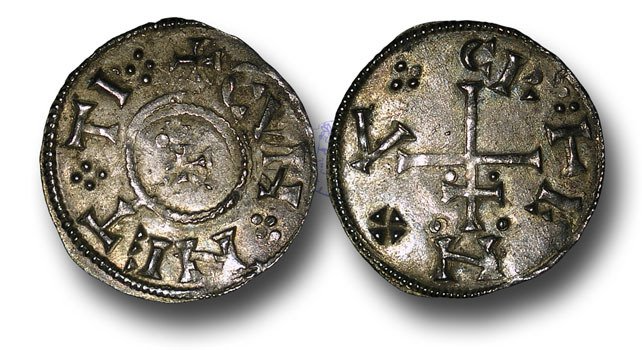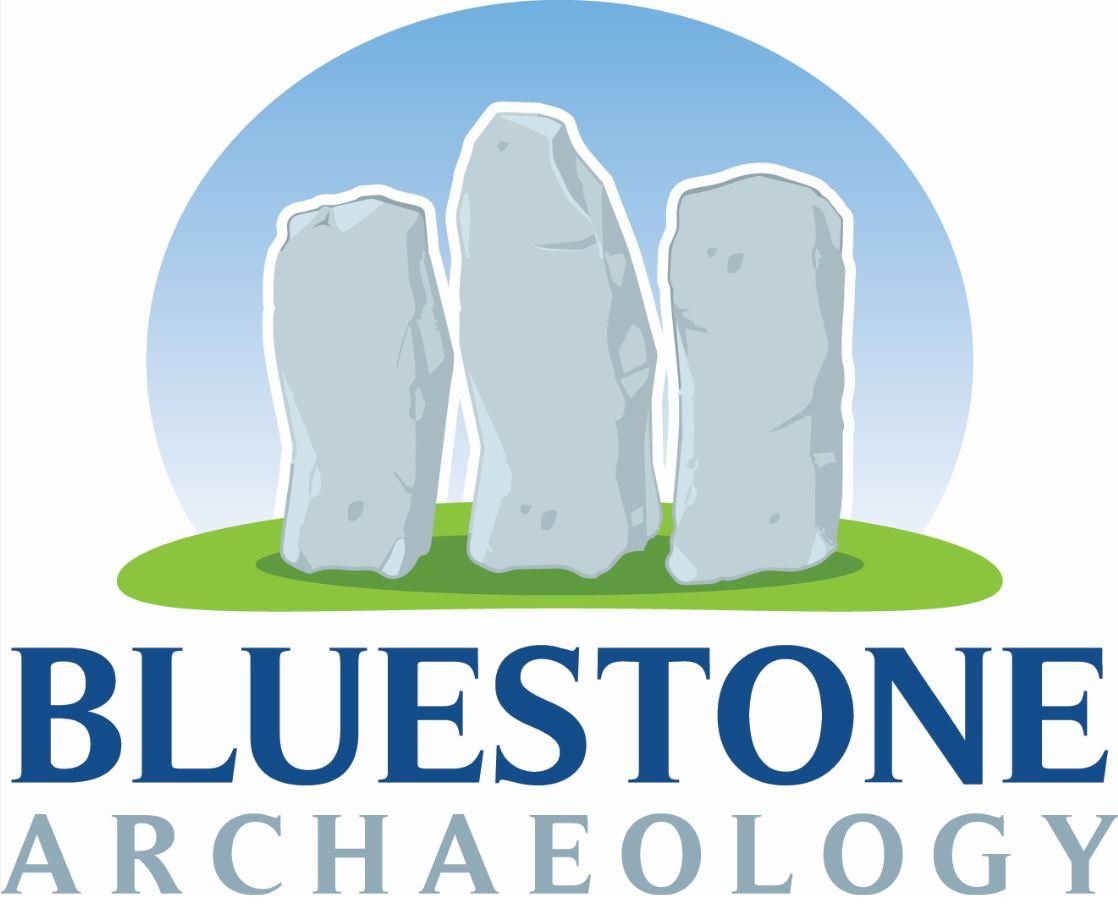
Community Projects
Burnley and Nelson Landscape History
In 2024 we plan to run a new exciting community-led project researching and investigating the
prehistoric and medieval landscape in and around the Burnley moors and the upland
East Lancashire Pennines.
Our project announcement today on Halloween is apt and reinforces the link of the landscape
between Pendle Hill and Boulsworth Hill with the world famous Pendle witch-trials of 1612.
A number of the accused witches were born and lived in our project study area. One of the
accused, Margaret Johnson of Great Marsden lived in the brooding shadow of Pendle Hill
and admitted to practicing her craft with other witches in numerous local covens.
Old Demdike or Elizabeth Southernes, the leader of the Pendle Witches confessed to being
a witch for 50 years and to having brought up her children and grandchildren as witches.
In the 17th century the Pendle area was widely thought to be wild and lawless with
a population who had little understanding of the church.
There is more to the project than just post-medieval history, we intend to take a holistic
approach to our study and investigate the medieval landscape and other historic
periods.
Burnley has long been thought to be the site of the second most important battle held on
English soil, the Battle of Brunanburh. In AD937 King Athelstan met the combined forces of Norse,
British and Caledonian Kings at a long-lost battle field somewhere in the middle of Britain.
The battle is commemorated in a poem in the Anglo-Saxon Chronicles. Unfortunately, for
modern-day researchers the exact location of this legendary battle is not documented.
The search for this important battlefield will form an integral part of the project, as will the study of
the prehistoric landscape. The moors around Burnley contain many stone -circles, enclosures,
flint tool sites and possible earthen burial mounds. These were first recognised by local antiquarians
with some marked on 19th century Ordnance survey maps. However, to date there as been no real detailed
archaeological investigation of these important monuments.
The more general availability of modern archaeological techniques such as Lidar and GPR as well as the
widespread reconsideration of the documentary sources suggests that the time is ripe to revisit the
east Lancashire candidature and with that in mind this project is intended to look again at this possibility
with the aim of providing a valid explanation for the enigmatic earthworks in the area and placing them
in their wider historical landscape setting.
In order to receive Heritage Lottery Funding we are going through public consultation with the
community in Burnley, Nelson and the surrounding area. Over the winter we intend to research targets
for field excavation next spring and summer.
Our other options to help cover costs include crowdfunding. You can help fund this project and join
in and actively help with the documentary research, geophysical survey and archaeological
excavation.
We promise you some of the best landscape archaeology in Britain!!
If you would like to join or support this project please email
info@bluestonearchaeology.co.uk
